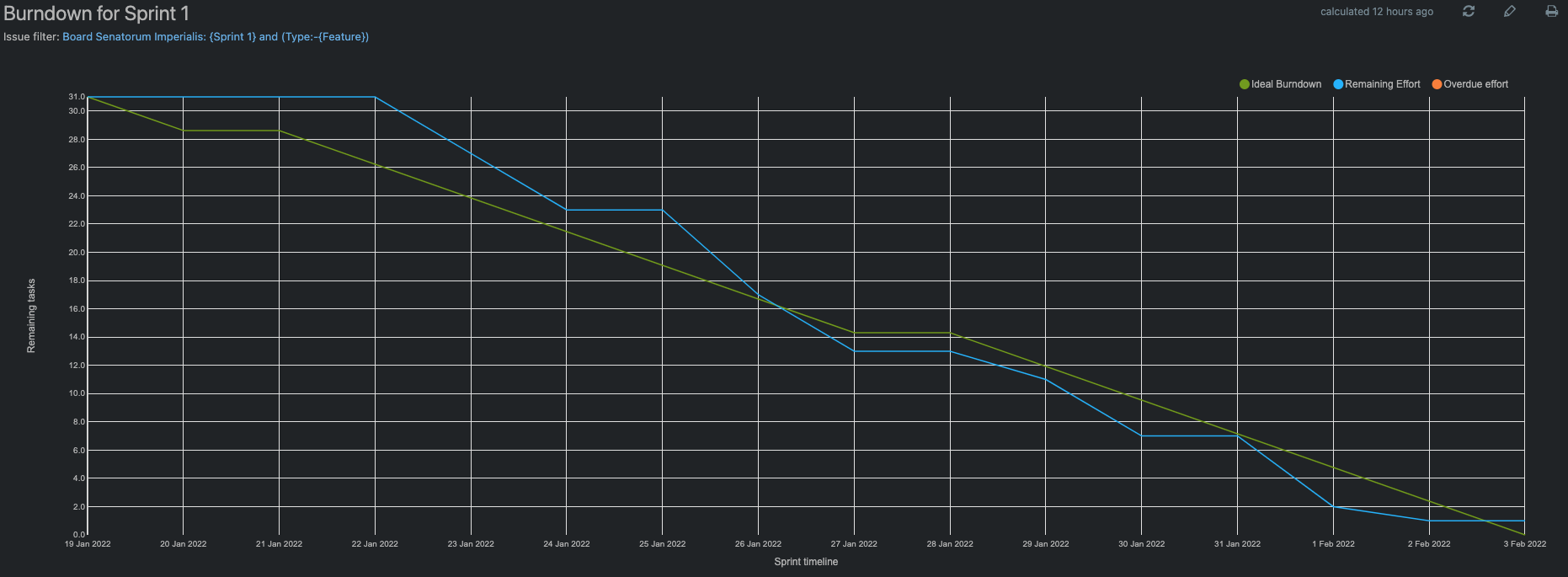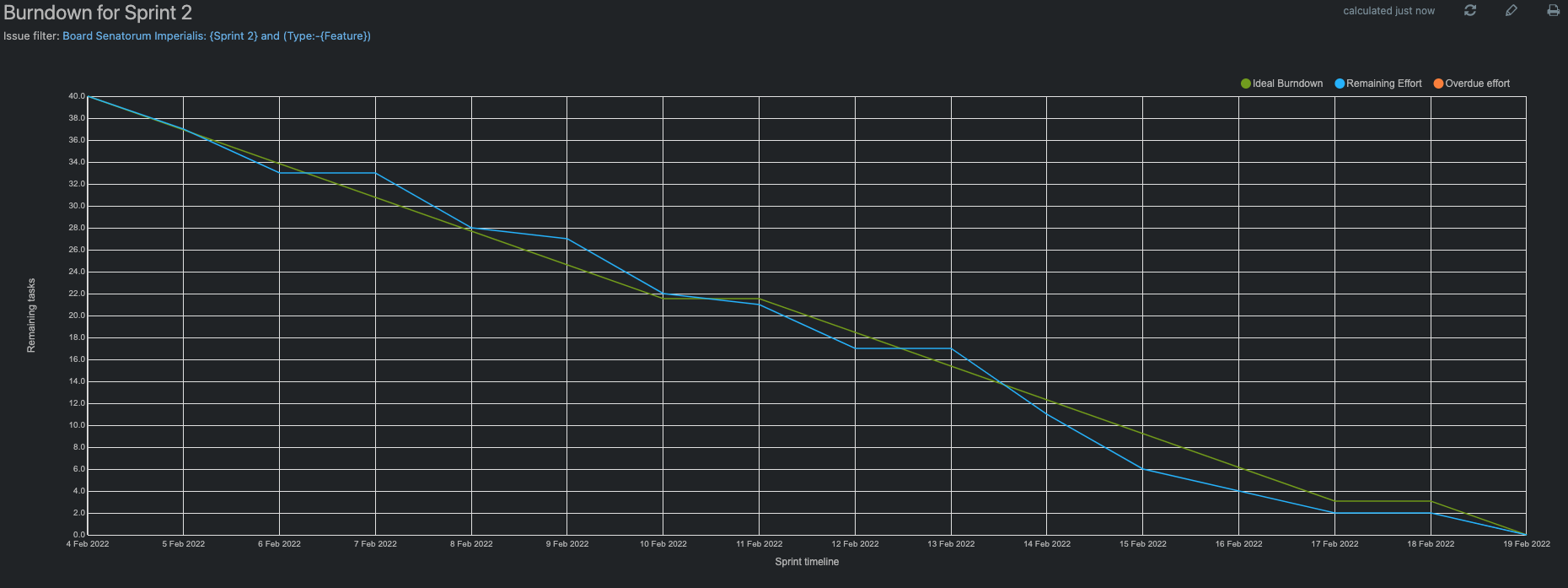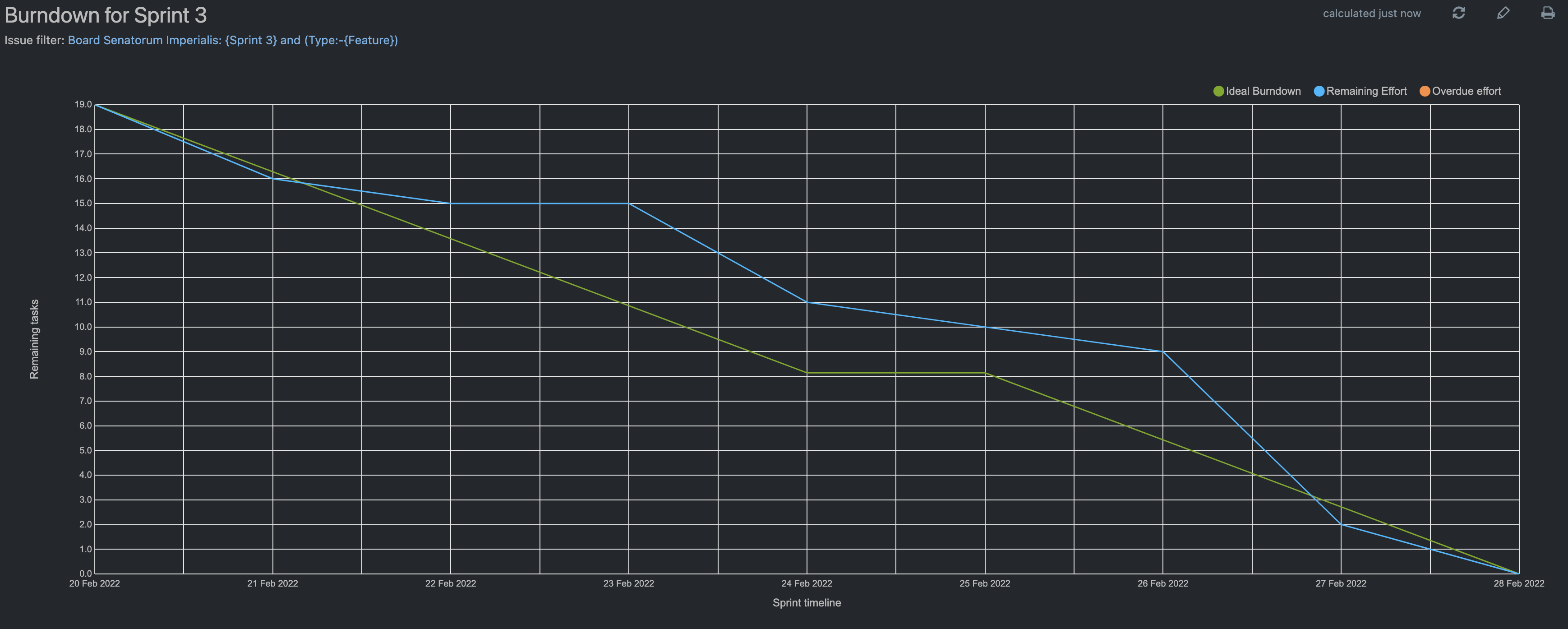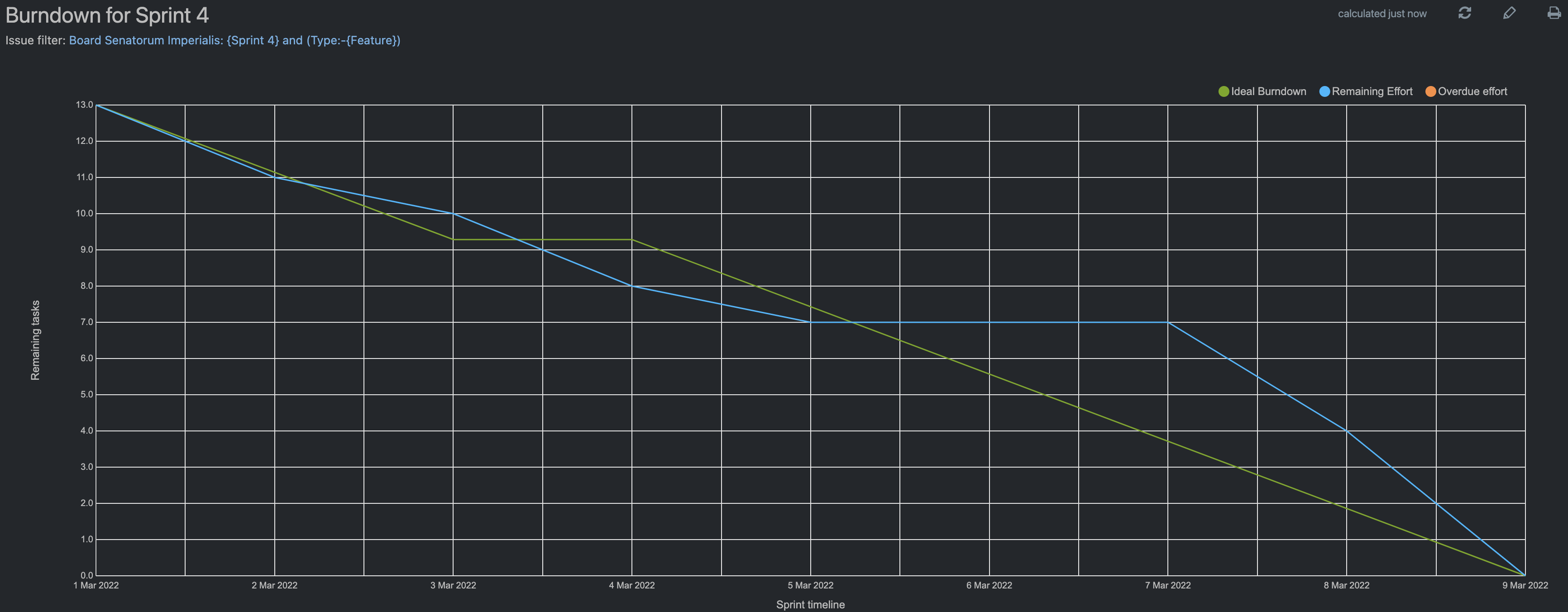CRPL or Copyright on a public ledger is an open platform for registering and managing the copyrights of a creators intellectual property secured on the publicly distributed ledger Ethereum. The immutability and public distribution of a blockchain is the essential component to the success of this platform and allows copyright registration to be placed in everyone's hands.
Install MySql server version 8+ guide
Install the .NET6 SDK from Microsoft download
Install the latest version of Node.js download
Should'nt be necessary to run the application but if there's errors install version 12
First you'll need to create an appsettings.json file in the CRPL.Web directory following this template.
{
"AppSettings" : {
"ConnectionString": "Server=localhost;Database=crpl;Uid=crpl;Pwd=** PASSWORD **;",
"EncryptionKey": "** 32 Character randomly generated string used for hashing **",
"SeqKey": "** OPTIONAL **",
"IpfsHost": "http://ipfs.harrisonbarker.co.uk",
"EtherscanHost": "https://etherscan.io",
"Chains": [
{
"Name": "LOCAL",
"Url": "http://localhost:8545",
"Id": "444444444500",
"SystemAccount": {
"AccountId": "0x12890d2cce102216644c59daE5baed380d84830c",
"PrivateKey": "0xb5b1870957d373ef0eeffecc6e4812c0fd08f554b37b233526acc331bf1544f7"
}
}
]
},
"Logging": {
"LogLevel": {
"Default": "Information",
"Microsoft": "Warning",
"Microsoft.Hosting.Lifetime": "Information"
}
},
"AllowedHosts": "*"
}- If you're using the included test chain don't change and chain settings!
- Create a user in mysql that has enough permissions called "crpl" and paste password.
- Generate a random string of length 32 I used this.
Now you need to build and migrate the database. To do this you'll need the entity framework cli tool so run.
$ dotnet tool install --global dotnet-efthen migrate!
$ cd CRPL.Web
$ dotnet ef database update --context=ContractContext # creates all tables for holding the deployed smart contract.
$ dotnet ef database update --context=ApplicationContext # creates tables for all application logic.Now you need a test blockchain, I'm using the geth versions of these. You should'nt need to install geth as the executable comes with the test chain I've provided.
$ cd PIPO/TestChains
$ cd geth-clique-mac # mac version
$ ./startgeth.sh
$ cd geth-clique-windows # windows version
$ ./startgeth.batNow once the database is running, migrated and the test chain is running it's time to start the application.
$ dotnet restore // install dependences
$ dotnet run // run the appThis will start the web server it may take a few moments to start up.
Then navigate to https://localhost:7145/ which should display:
This means Angular is starting and will take a moment to start and you'll be automatically redirected to the application so be patient!
I've made a user guide if you're stuck at any point https://github.com/MrHarrisonBarker/Crpl/wiki/user-guide
$ cd CRPL.Web
$ dotnet test // run all .net tests$ cd CRPL.Web/ClientApp
$ ng test // run Angular tests$ cd CRPL.Contracts
$ npm install // install dependences
$ npx hardhat test // run smart contract tests- Smart contracts
- User accounts
- Authentication
- File hashing
- File signing
All tasks and functionality assigned to this sprint have been completed. A Copyright interface was written drawing inspiration from the EIP-721 contract interface built for non-fungible tokens, many of the core concepts of this token are applicable to copyright contracts and was a firm base to start from. However this contract doesn't support multi-party ownership which is core tenant of this system (a book can obviously have two authors), to solve this issue I built the IStructuredOwnership interface which outlines multi-party ownership of a " work" using a share based system lifted from limited companies.
Then an abstract implementation of these interfaces was built simply called Copyright this was then combined with an ICopyrightMeta interface to create derived contracts representing three types of copyright licenses found here
A user account model was developed and migrated into a MySQL database representing a user in the system, to authenticate these users I used MetaMask to get a users wallet address sign a message with a randomly generated nonce which then gets decoded on the server to verify the ownership of the original wallet address. All this results in a quick and easy one click login flow for the system simplifying authentication for user and the system itself.
File hashing is handled by a basic sha-512 implementation offered in .NET, the user uploaded file is also signed both by a number of individual WorkSigners specially built for different content types (image, sound, video, text/pdf) and a universal signer that encodes a digital signature into the file.
Expansive unit testing of Angular components and services was not completed only basic sanity checks, this is justified as frontend flow is subject to change based on user feedback and when the frontend if fully fleshed out (only simple login, logout buttons, file upload and user info wizard components were built this sprint).
Proper forethought into user authentication and the interplay between Ethereum accounts and accounts track on the system was not taken which resulted in more development time wasted figuring this logic out.
This first sprint was very successful achieving all goals set out, smart contracts are in a good place, users can login, fill out personal info, upload work and download a digitally signed master file.
- Copyright registration
- Restructure ownership
- Applications
- Multi-party proposal binding
- Search
- Blockchain data injection
All tasks and functionality assigned to this sprint have been completed excluding copyright un-registration which was removed from the sprint part way through over concerns that the feature is unnecessary and would need substantial thought and debate before implementing.
The first focus of this sprint was the "application" framework which resulted in the FormsService as generic interface for interacting and manipulating model driven forms (application), this code allows me to add new forms very easily with infrastructure already built. The working principle is leveraging the power of OOP to create a base Application class that all subsequent applications inherit (CopyrightRegistrationApplication) these application models are then manipulated with Submitters and Updaters which contain any extra logic to be processed when an application is updated or submitted custom to that type of application. All these different applications are even stored in the same table on the database thanks to EFCores support for abstract classes which adds columns for all properties of all inheritors plus a discriminator column to represent the inherited class.
Once the application framework was built it was time to build specific applications and of course the first was the copyright registration application which used Angular reactive forms (cpy-registration-form) and the input model to update and submit the finished application.
After submitting these applications the system was going to need to communicate with the blockchain sending registration, propose and bind transactions. Using the BlockchainConnection from the first sprint and the generated contract service (thank you Nethereum) it was relatively easy to send these transactions but the processing of them in the real world can take time (as a result of the Ethereum blockchain) so I didn't want wait for the transaction to be proofed and mined all within the same http call. My solution for this was to setup event listeners which poll the blockchain for specific "Events" and then process them running all the necessary logic based on the type of event and payload data.
However once the copyrights are registered onto the blockchain I need a way of querying it to present relevant data to the user, this was simple as Nethereum generates all the necessary infrastructure and all I have to do is call the service methods, you can see this in the get works methods which use the injectFromChain method to get data from the chain.
Search has been implemented as an endpoint with all logic tested ready for the frontend ui to be built, I chose to focus all my ui and design efforts towards the applications and flow of registration and restructures therefore only the backend was deemed workable for this sprint.
As stated above the unregister feature was dropped this sprint as its worth was called into question as currently theres no real way of removing a copyright registration in the legal world in practice a copyright is no longer enforced by a rights holder when the holder no longer actively pursues claims of infringement or the work moves into the public domain. Therefore giving more reason and though to expiry functions in my contract over a specific un register method.
There was many tasks and features that conflicted with underlying design changes made in the first sprint, this is because all the work sanctioned for this sprint was backlog and chosen before any development work started. This is a failure on my part to properly review the upcoming work for this sprint after the last, when partaking in the sprint review I thought thoroughly on what was achieved but not the consequences that work had on the entire system and the work to be completed.
To mitigate this failure for the upcoming sprint all tasks and features already submitted will be used as a guide not as a list of what to do next hopefully producing a more accurate backlog of issues to complete.
This second sprint was very successful giving users the ability to register copyrights, restructure the ownership of those copyrights and injection of data stored on the blockchain.
- Dispute filing
- Dispute resolution
- User focused UI elements
- Copyright expiry
- ChainSync™
- Account delete
- Wallet transfer
All tasks and functionality assigned to this sprint have been completed.
The first and most important piece of functionality to be implemented for this sprint was to file copyright disputes, this was done using my existing applications framework with a DisputeApplication data model representing what will be needed to file a dispute. Because of the existing framework this side of the implementation was quick and most of the development time was spent on changing and improving the data model for the needs of the application. Next was to create a new dispute service for handling resolution of the dispute, a rights holder can then accept or reject the expected recourse described in the application. I've built two expected recourses: change of ownership that transfers the copyright to the accusing party and payment which transfers a set amount of Eth to the accuser stated in the application.
Next was handling expiry of copyrights, instead of an explicit state expiry happens via a modifer or check that happens on requests and transactions with the contract and throws an error if the right is expired I catch this error and set the work as expired silently in a background service and queue.
modifier isExpired(uint256 rightId)
{
require(_metadata[rightId].expires > block.timestamp, EXPIRED);
_;
}Now with a lot of state change and interaction with the chain I need a way of ensuring the system is in sync and consistent with the blockchain, to do this I created ChainSync which is made up of a background service that runs batches of synchronisation this synchronisation comes from any number of ISynchronisers and at this time an OwnershipSynchroniser has been implemented which checks the ownership structure on the chain and compares it with our database.
The final feature to implement was two account configuration methods that: transfer ownership and delete account. These again used the application framework and a new AccountManagementService .
All work assigned was completed however I am not confident all edge cases have been covered therefore the reliability of the code could be questioned.
When building out the dispute filing and resolution system the design and operation of the system was not throughout so significant time was spent trying different paths.
This sprint was very successful dispute a lot of work to be done in only a week, it gave the user the ability to file and resolve disputes, delete account and transfer assets to wallet. The system now recognises expired copyrights and keeps in sync with the blockchain.
- Bug fixes
- Work CDN & Usage (Extra feature)
- Websocket
- Continuous deployment
All tasks an functionality assigned to this was implemented in the time period.
This sprint was focused first on two extra features I wanted to get implemented first was a decentralised blockchain based content delivery network, after researching a number of solutions one stood out as the best option being IPFS (InterPlanetary File System) which is a peer to peer hypermedia protocol to retrieve files saved across multiple nodes/peers in chunks. So I installed Ipfs and started up my own node needed to interact and most importantly add files to the network, using the Ipfs.Http.Client library it was then easy to add the digitally signed to this network returning a CID which is a unique identifier (essentially a hash of the file) used to retrieve the file from the Ipfs network. This identifier is saved on the work.
Once saved to the network a link to the work is created but I wanted a way for creators to measure the number of times their work has been used, I decided on creating a reverse proxy which takes a request for a work records the use and then passes the ipfs request onto the client.
The second extra feature implemented was websocket integration which allows for realtime updates to the client which in a blockchain based application sending transactions that can possibly take any amount of time to complete greatly improves the usability of the application. This was implemented using register and push methods, when a user loads an application the client will send a listen command to the backend, whenever an application or work is updated those updates will pushed out to listeners.
Although all bugs registered in this sprint were fixed a level of polish was and has not been obtained, everything technically works but the software is still not "user proof"
Work on implementing the websocket radically changed a large portion of the frontend dataflow to accommodate the now realtime asynchronous data that can now change on the fly at anytime and therefore has to change and adapt. This caused more problems than expected and therefore implementing this feature took considerably more time and change.
This sprint was very successful implementing extra quality of life features, the project now feels like a more complete and holistic product ready to be used.
Distributed under the MIT License. See LICENSE for more information.
Harrison Barker --- mail@harrisonbarker.co.uk
- https://angular.io/
- https://dotnet.microsoft.com/en-us/apps/aspnet
- https://dotnet.microsoft.com/en-us/
- https://nethereum.com/
- https://ethereum.org/en/
- https://docs.soliditylang.org/en/v0.8.11/
- https://metamask.io/
- https://hardhat.org/
- https://getwaffle.io/
- https://rxjs.dev/
- https://clarity.design/
- https://www.jetbrains.com/youtrack/https://www.jetbrains.com/youtrack/
- https://www.mysql.com/
- https://docs.microsoft.com/en-us/ef/core/




